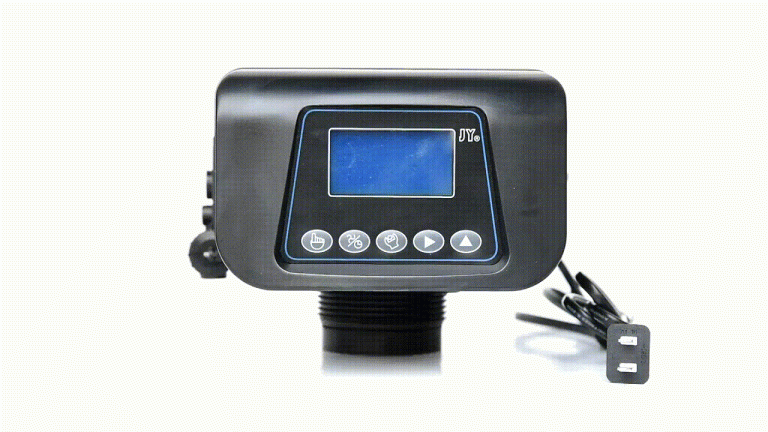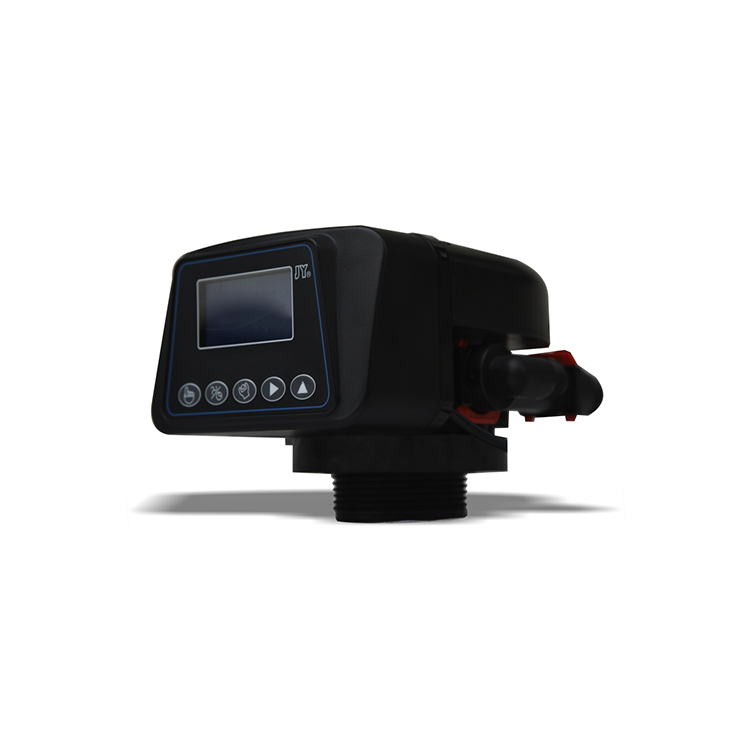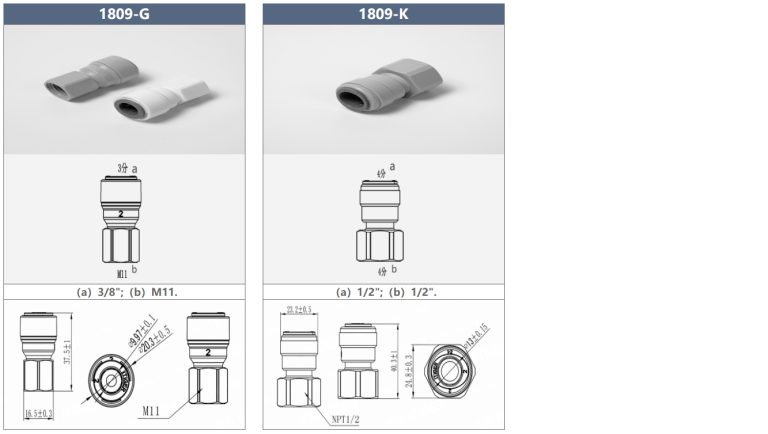“Ensuring purity, one drop at a time.”
Importance of Monitoring Water Quality
Water is essential for all living organisms on Earth, making it crucial to monitor its quality to ensure the health and safety of both humans and the environment. Monitoring water quality involves assessing various physical, chemical, and biological characteristics of water to determine its suitability for different uses. This process is vital in identifying potential contaminants and pollutants that may pose risks to human health and aquatic ecosystems.
One of the primary reasons for monitoring water quality is to protect public health. Contaminated water can contain harmful bacteria, viruses, and chemicals that can cause a range of illnesses, from gastrointestinal issues to more serious conditions like cancer. By regularly testing water sources for these contaminants, authorities can take appropriate measures to ensure that drinking water meets safety standards and is free from harmful substances.
In addition to safeguarding public health, monitoring water quality is also essential for protecting aquatic ecosystems. Water pollution can have devastating effects on marine life, leading to the decline of fish populations, the destruction of habitats, and the disruption of entire ecosystems. By monitoring water quality, scientists can track changes in water conditions and identify sources of pollution, allowing for targeted interventions to protect vulnerable species and habitats.
There are several methods used to monitor water quality, each providing valuable insights into the health of water bodies. Physical parameters such as temperature, turbidity, and dissolved oxygen levels can be measured using sensors and instruments to assess the overall condition of water. Chemical parameters, including pH, nutrient levels, and heavy metal concentrations, can also be analyzed to identify potential sources of pollution and assess water quality.
Biological monitoring is another important aspect of assessing water quality, as it provides information on the health of aquatic organisms and their response to environmental changes. By studying the presence and abundance of indicator species, scientists can gauge the overall health of ecosystems and detect any disturbances that may be affecting biodiversity.
Continuous monitoring of water quality is essential to track changes over time and identify trends that may indicate deteriorating conditions. By establishing baseline data and regularly collecting samples from different locations, authorities can detect emerging issues and implement strategies to address them before they escalate into larger problems.

Advances in technology have made it easier to monitor water quality, with remote sensing, satellite imagery, and automated monitoring stations providing real-time data on water conditions. These tools allow for more efficient and cost-effective monitoring, enabling authorities to respond quickly to potential threats and protect water resources more effectively.
In conclusion, monitoring water quality is a critical component of ensuring the health and sustainability of water resources. By assessing physical, chemical, and biological parameters, authorities can identify potential contaminants, protect public health, and safeguard aquatic ecosystems. Continuous monitoring and the use of advanced technologies are essential for tracking changes in water quality and implementing timely interventions to address emerging threats. Ultimately, monitoring water quality is essential for preserving the integrity of our water sources and ensuring a safe and healthy environment for future generations.







